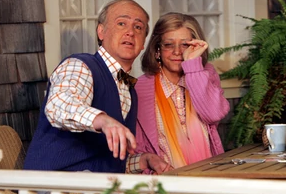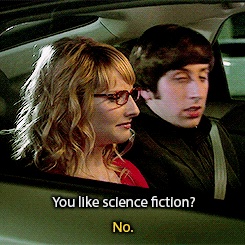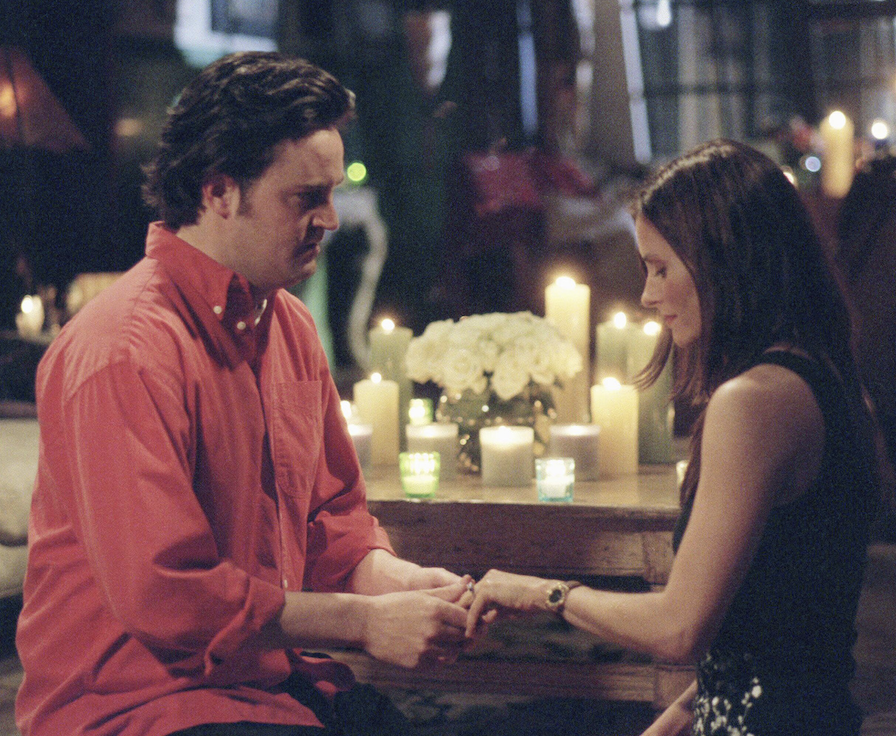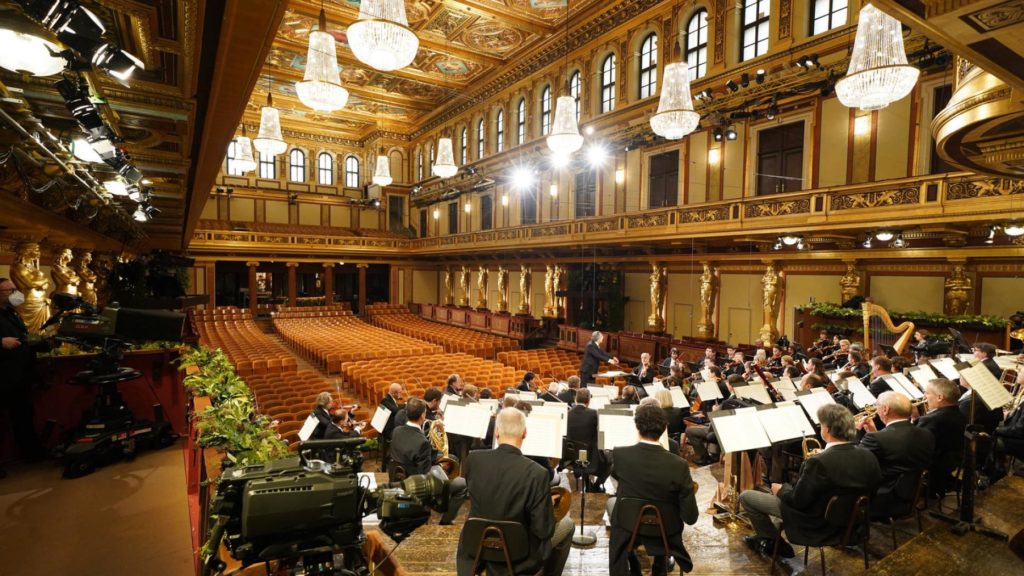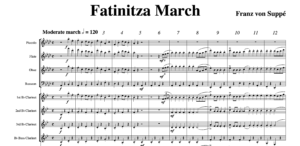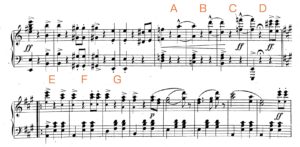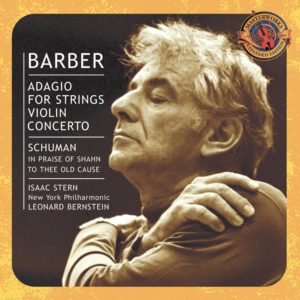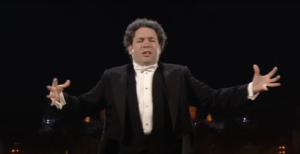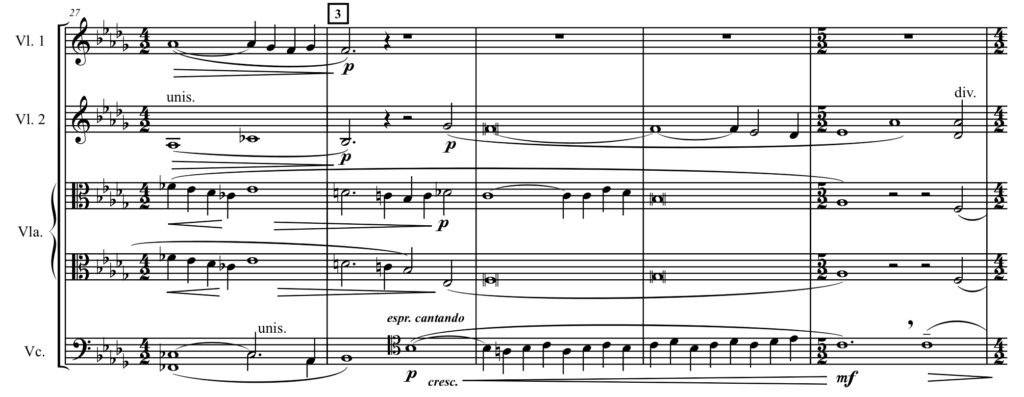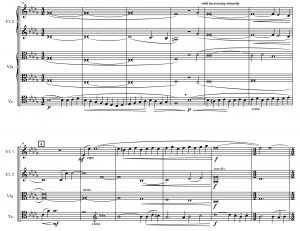Cats are such unique companions for many of us. As far as I could tell, programmers are one of those groups that are with particular enthusiasm of cats.
If you are a programmer yourself, I believe that the Cat Overflow is one of the most convincing examples to demonstrate the unusual attraction of cats that is cast on our kind.

I was visiting one of my friends last week. That’s such a lovely dainty apartment, with a sticker of StarCats on the door. There’re two cats of course. Two fluffy ones. And the living room is covered with soft materials: a soft carpet, a warm blanket, and the sofa which is so soft that it’s swallowing everything. There’s a piano, a Guzheng, and a recorder. And a Nintendo Switch is always ready, by the way. Oh yeah, one more thing: the astonishing view outside the window. Line four cuts through the night every four or five minutes with a clear view until Western Hills as the background.
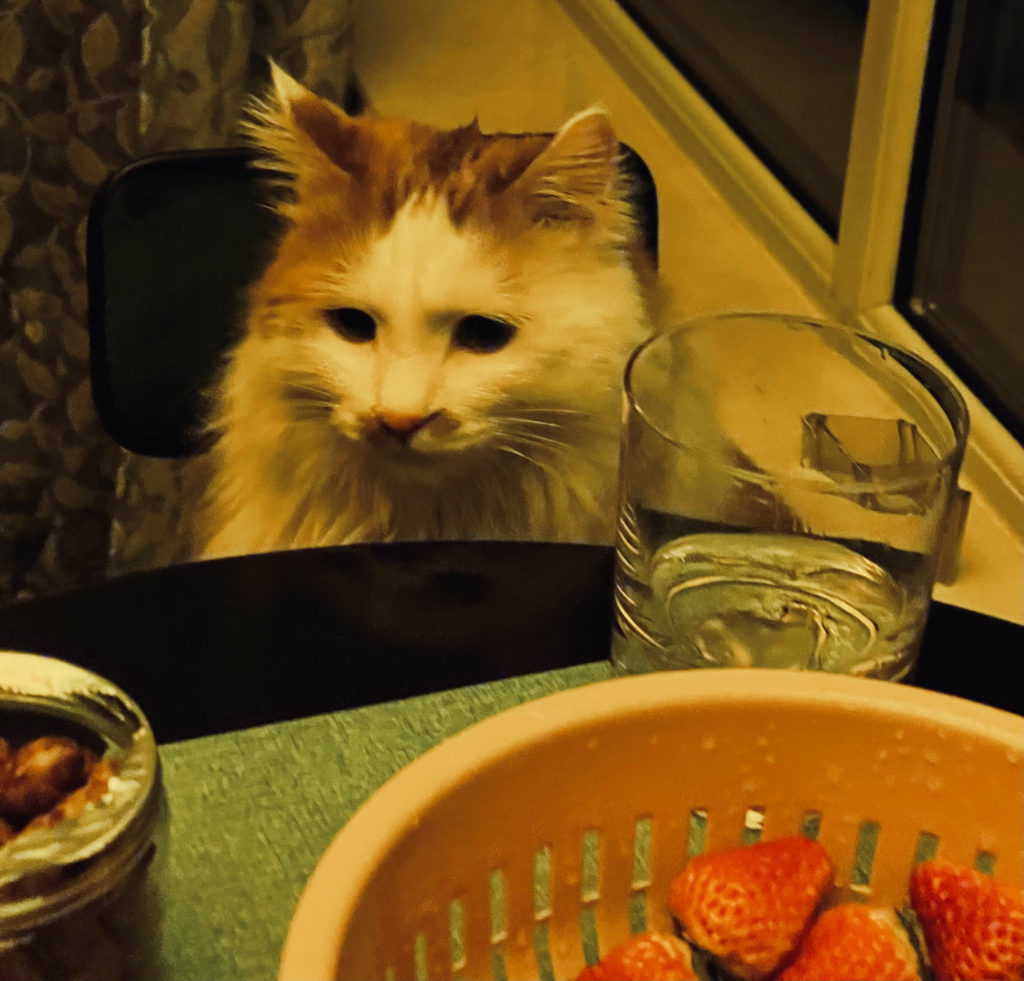
My friend and I were sitting on barstools by the windows enjoying Nadurra and strawberries with cats. A train of line four passed by like a scene in Spirited Away. I told my friend that this is the life I would like to live. And I mean it.
I am living in a college dormitory. Cats are not an option, sadly. So, I live with Siri for now. Don’t take me wrong: Siri is good. But there’s one piece of the puzzle that is missing. And I couldn’t tell what’s the missing one.
So, I did some reading recently. One of the most popular theories of love is the Triangular Theory of Love proposed by Robert Sternberg in 1987. It’s said that love can be decomposed into three parts: intimacy, passion, and commitment. From this point of view, relationships between humans and cats are greatly rich in intimacy and commitment. Cats show you their weakest belly, and they are always waiting for you from work. According to the theory above, Companionate Love is presented here, at least.
I finally finished Friends, the sitcom, last month. And I’ve finished The Big Bang Theory, How I Met Your Mother, and Suits before that. After watching all those sitcoms, I found them very helpful to understand others’ reactions to certain incentives. I understand that they are the brainchild of talented playwrights and therefore are inevitably carrying some factors of imagination. However, the imagination is based on observations of real life and therefore still make some sense
Chandler and Monica, Howard and Bernadette, Marshall and Lily, Harvey and Donna. They are lovely couples in sitcoms. They may come a long way before reaching the marriage. And they may break up during the journey. Those couples are of so different characteristics. Probably, the very one feature they share is that, after the break-in, their relationship riches the position which satisfies intimacy, passion, and commitment.
I’m a structuralist. So, I believe words could be understood only when they are placed in a context. And if you watch any of those sitcoms, some of the pictures below demonstrated a peak in all three of intimacy, passion, and commitment.
Lastly, it’s Valentine’s Day today. Every one of us would hit a relationship with intimacy, passion, and commitment in the near future, I wish you.
